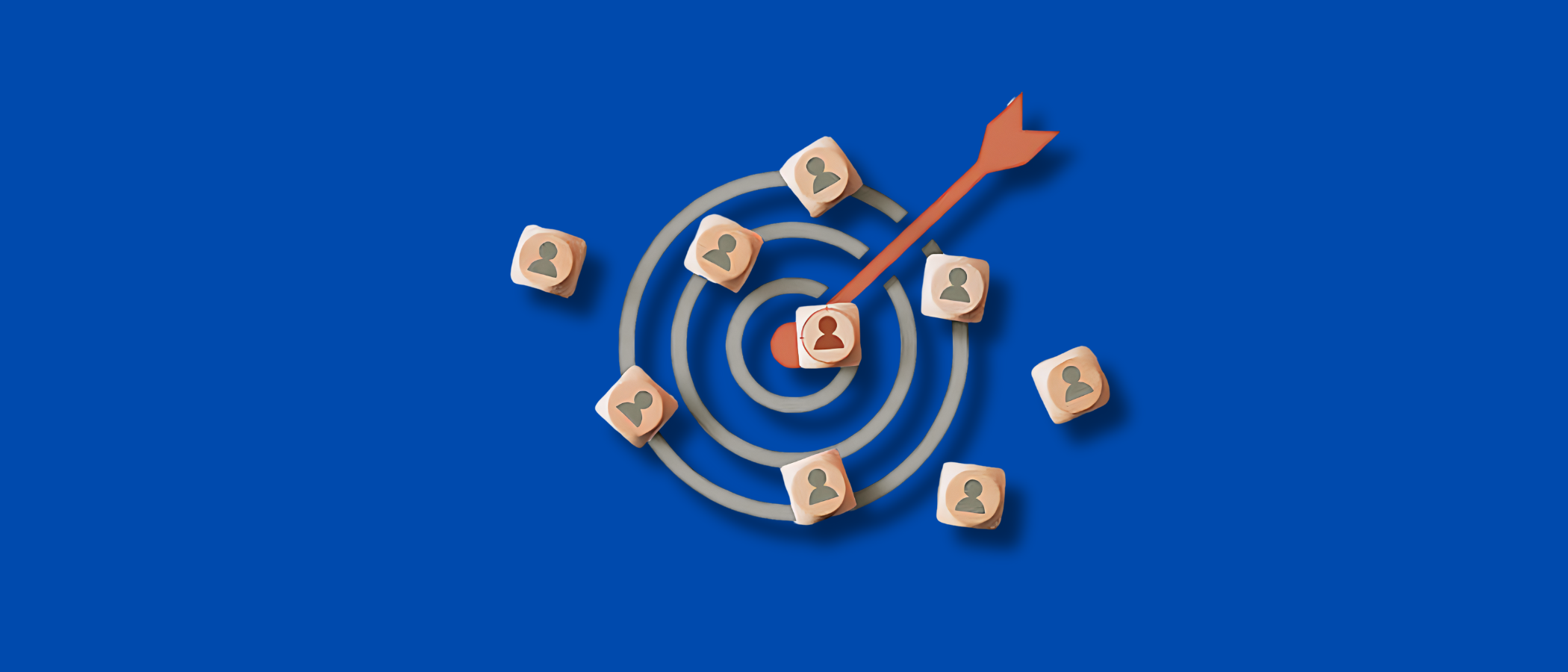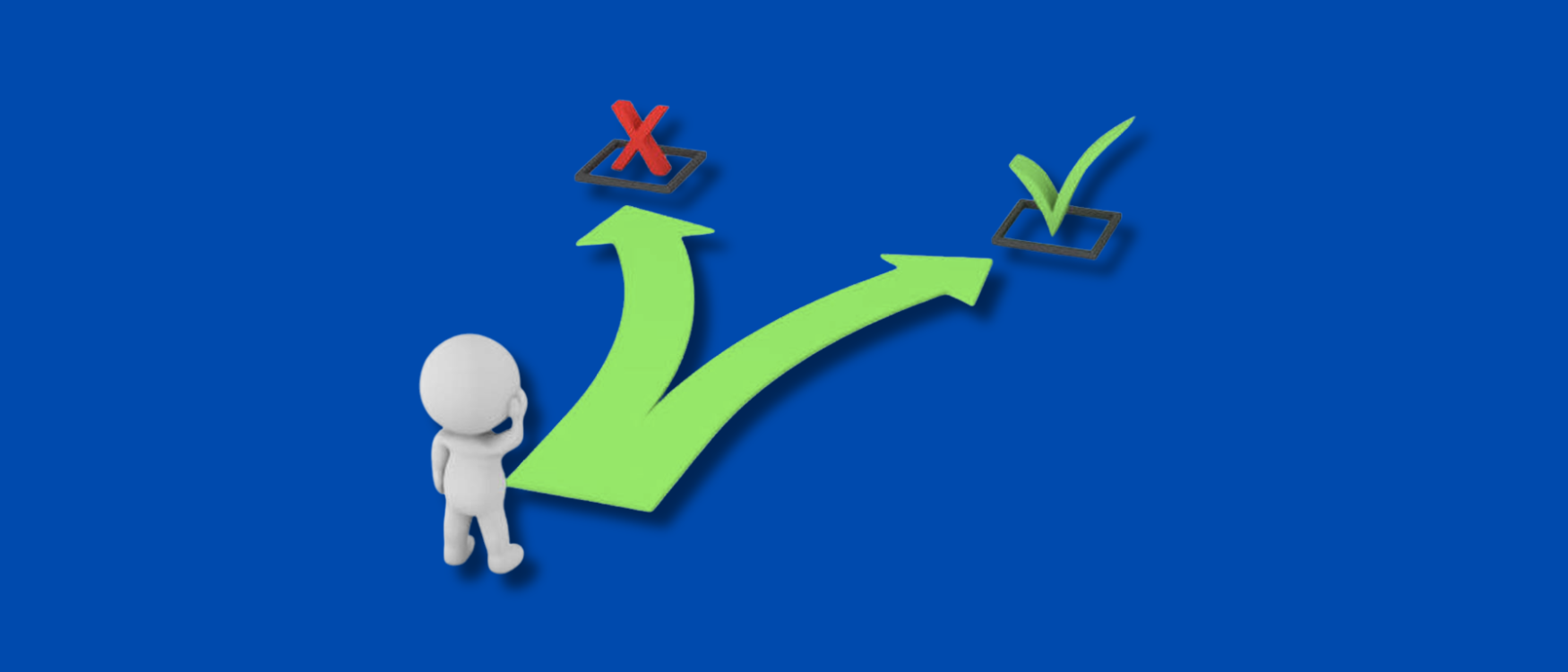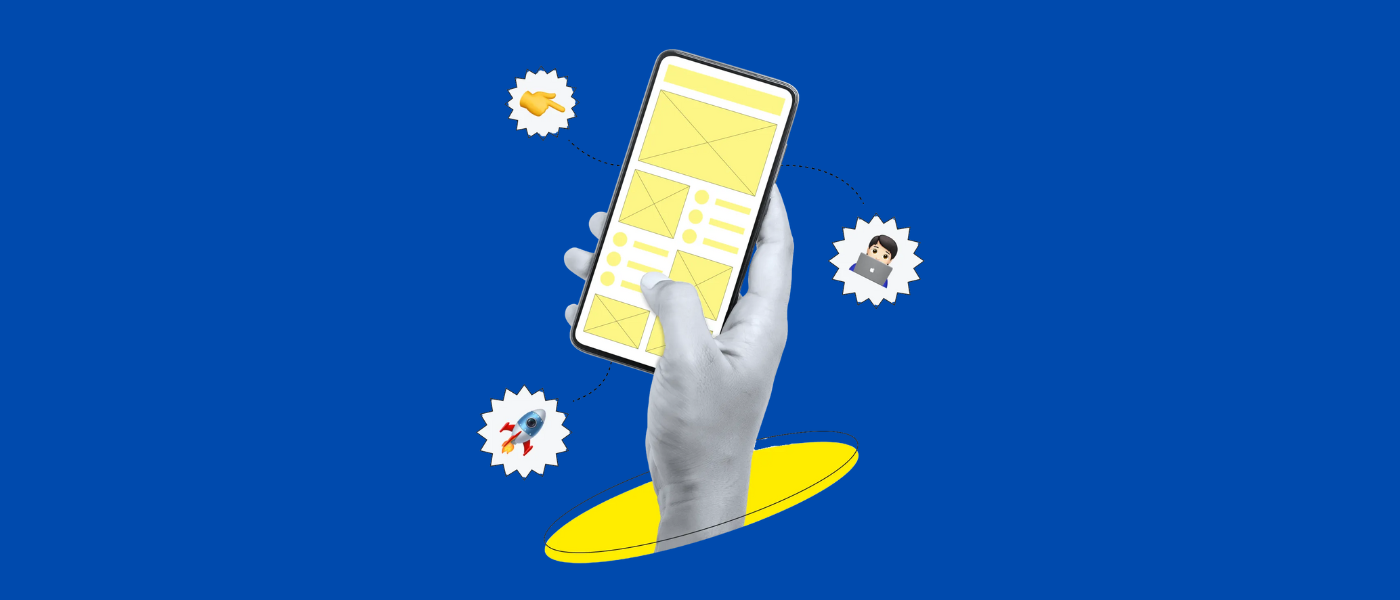Introduction
Getting your first 1,000 app users can feel like a huge mountain when you launch a new consumer mobile app.
There are so many great apps that never get to this point because they concentrate on features rather than on people.
Your goal is simple. You want real app users who trust your idea who stay active and who talk about you.
This guide will walk you through the same early steps used by some of the biggest startups. Think of how the Instagram startup found its first audience.
Think of how Uber target customers shaped its early growth. Think of the spark behind the first consumer software products and how apps grow from zero to something real.
Your early users matter because they help you shape a consumer first mindset. They influence what works and what fails. They guide your growth even before your app customers grow in big numbers.
Every successful story from how did Uber startup to who invented Tinder app shows one truth. The best B2C apps win when they understand people.
In this guide you will learn how to grow active users step by step. You will see how to think about your first marketing moves almost like the 1st marketing guy inside your own tiny team.
You will understand the path from your first person to your first 100 then your app 1000 followers. Think of it as your own my growth history app story. You will push your app acquired numbers from nothing to something real.
You will learn how to get popularity naturally without tricks. You will discover how apps find their early fans and how companies exclusively using business to consumer B2C applications reach their first wave of users.
You may even look at legends like the Tinder app creator or who came up with Uber for inspiration.
If you want a simple clear path to your first app-1000 users this guide will show it to you. Let us begin.
Understand the Journey to Your First 1,000 App Users
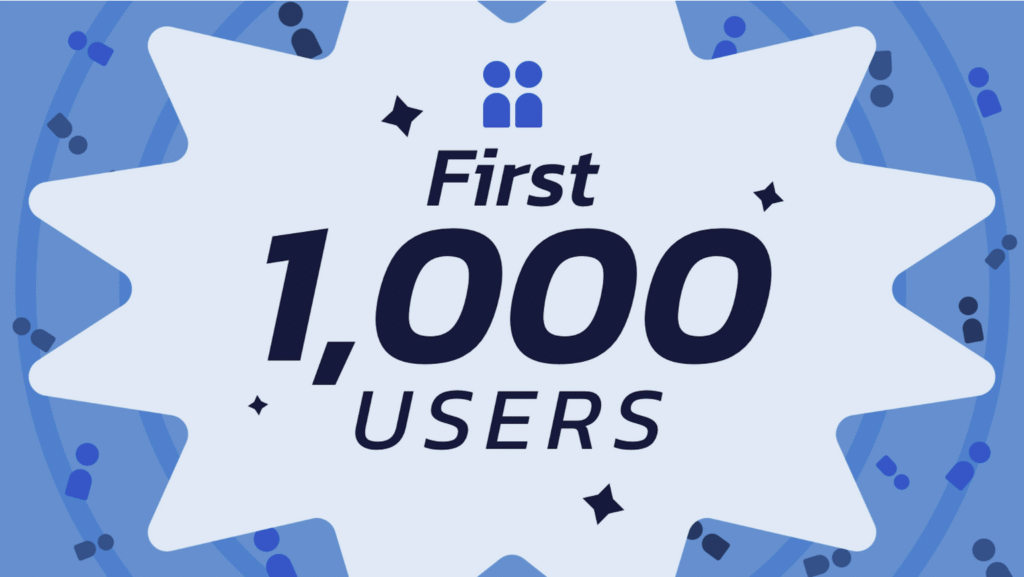
Getting your first group of app users feels like opening the door to a new world. It is exciting. It is nerve-stretching. It is also the moment your consumer app begins to breathe.
Every famous story you know started with the same step. Think about how did Uber startup or who invented Tinder app or how the Instagram startup gained its early community.
None of these giants began with millions. They began with a handful. Then the handful became a wave.
Your goal is simple. You want your consumer first approach to attract people who feel your product solves a real need.
That is how consumer software products rise. That is how many good apps become great. You do not need to copy the biggest startups. You only need to understand the path they walked and shape it into your own journey.
At this stage you are not trying to win the world. You are trying to build trust. Your early audience becomes your foundation. This is the group that gives feedback.
This is the group that spreads the word. They help you go from a brand-new idea to your first app 1000 followers. Some founders call this moment the app-1000 milestone. It tells you that your idea works.
Before you begin you should pause for a moment and ask yourself a few things:
- Who are your app customers?
- How do they currently solve the problem you want to fix?
- What motivates them to try new consumer mobile app tools?
- How will they find you?
- What will make them stay?
When Uber launched people often forget that they focused deeply on their earliest riders. They found uber target customers in small groups and grew from there. They even hired the famous “1st marketing guy” to help shape that early push.
The same happened with Tinder whose tinder app creator leaned heavily on community outreach and real-world social circles. Simple moves. Big effect.
You will follow a similar pattern. You will test. You will measure. You will adapt. And you will begin writing your own story just like the founders who came before you.
Maybe even like the creator behind my growth history app or companies using business to consumer b2c applications to reach wide markets.
Your first 1,000 users are waiting. Now let us walk step by step into how your app gets acquired, how it grows, and how you build popularity in a world full of how to apps and consumer apps.
Know Exactly Who Your First Users Are
Before you chase your first 1,000 app users you must know who you are building for. Many good apps fail because the team tries to appeal to everyone at once.
The most successful consumer apps like the early Instagram startup or the first version of Tinder focused on a tight group first. That small group helped shape the product and it helped create real traction.
Think about consumer first thinking. Your early users are human beings with real pains and real motivations. They are not abstract data points.
When you understand them you gain a path to your first app customers and you lower the time it takes to grow app users who stay active.
Here is a simple way to find them:
1. Build a clear picture of your target audience
Use a short table like this:
| Question | Your Answer |
| Who will love my app the most | |
| What life problem do they want solved | |
| Where do they hang out online | |
| What makes them trust a new tool |
This same method helped many of the biggest startups in their early days. Think of how the tinder app creator focused on college students or how apps like Uber target customers were busy city riders who wanted a faster ride.
2. Understand how your users behave
Look at your own habits. Look at friends and look at online groups. Every consumer mobile app or consumer software product must fit into daily life. It must feel natural.
People will not switch to a new tool unless something feels easier or more fun. This is how popularity grows and how you start getting app 1000 followers or your own app-1000 milestone.
3. Explore the real demand
Search through communities and listen for signals. Someone asking “how to apps” or “how apps can solve my problem” often shows early demand.
People who use companies exclusively using business to consumer B2C applications may also reveal patterns that matter for your app.
When you do this work you gain the same insight early founders had. The early 1st marketing guy at many consumer apps spent more time listening than promoting.
This is how your own my growth history app or any new idea can gain traction faster.
Once you know who you serve you can move to the next step which is reaching them in the real world.
Create a Clear Value Promise and Build a Smooth Onboarding Experience
A strong app grows from a simple promise. People want to know what your product does and why it matters.
Many good apps rise fast because they speak to a clear need. They focus on one simple message that solves one real problem.
This helps a consumer mobile app feel useful from the very first glance. It also builds trust because the value is easy to understand.
A clear promise becomes your anchor. It shows what makes your product different. It also shapes how users talk about your app when they share it with friends. Word of mouth may sound small at first yet it plays a huge role in early growth.
Your early audience will form the base of your app users. This is why clarity matters more than hype.
Once your value promise is sharp your next step is to make sure new users feel welcome. A smooth onboarding journey keeps early curiosity alive. A confusing start will cause people to drop off fast.
A simple start will guide them toward their first win inside your app. Think of onboarding as the doorway that leads a person from interest to action.
You can use short steps. You can use friendly hints. You can use small moments of delight. These simple touches make consumer first experiences more enjoyable. A smoother entry also helps you gather the right insights.
You learn what people enjoy. You see where they hesitate. This early feedback becomes gold as you shape your growth strategy.
A Helpful Onboarding Flow Might Include:
- A warm welcome screen that repeats your value promise
- A short guide that highlights one or two key actions
- A simple way to create an account
- A quick setup that shows users what they can achieve
- A small success moment that encourages them to explore more
Visual Overview
Value Promise → First Impression → Onboarding → First Win → Engaged User
This sequence gets your product ready for real growth. It makes your message clear. It makes the first steps easy. It builds confidence. It gently pushes users toward becoming part of your early community.
Get Your First Users Through Personal Outreach
Getting your first users often feels slow then suddenly things click. That shift happens when you place your app in front of the right people. Many consumer apps that later became the biggest startups began with bold but simple steps.
The instagram startup story shows this well because they focused on early adopters who were already taking photos every day. They did not chase everyone. They chased the right ones.
Try moves like these:
- Share your story with small online groups
- Post helpful tips tied to your app
- Share progress like “my growth history app journey”
- Highlight anything that gives users a reason to care
People enjoy seeing early progress. They want to join something new. This is how you build a base before your app gets app-1000 users and beyond.
Borrow Lessons From Famous Consumer Apps
You do not need to copy anyone. You simply study how others broke through. When we look at them and we see how they placed themselves where the need was loud and urgent.
The idea spread fast because riders talked. The same thing happened with tinder app creator who focused the app around a simple match action. Many good apps were born by removing friction not adding features.
Stories to study:
- Who came up with Uber and how they pushed a simple promise
- Who invented Tinder app and why the swipe idea clicked
- Early choices of the 1st marketing guy in breakout apps
- Why consumer software products grow faster when they solve a daily problem
Each story shows the same truth. You grow when people understand your value in one breath.
Place Yourself Where Your Users Already Are
You grow faster when you meet people in places they already trust. Your early app customers do not wake up looking for a new tool.
They find it when it appears in their world. The most successful b2c apps and companies exclusively using business to consumer B2C applications live inside conversations people are already having.
Ways to show up early:
- Join small groups where your audience talks
- Share real wins from your first few app users
- Offer a simple message about why your app fits their day
- Use early feedback to shape your next steps
This is how you turn a small spark into real traction. You do not push. You place yourself where discovery feels natural.
Use Content and Micro-Content to Spread the Word
Content is still one of the strongest ways to reach people who have never heard of your app before. It works well for consumer apps, since your audience searches for simple answers every day.
They look for ideas. They look for solutions. They look for stories. Many good apps grew this way. They shared tiny pieces of content that moved fast.
Think short videos. Quick guides. Helpful posts. These small bits of value create trust.
You can use micro-content when you want speed. You can use long content when you want depth.
Both support your goal which is how to grow active users who return often. This style also helps you build a “consumer first” mindset. You meet people where they already are.
Types of Content You Can Use
- Tiny tips
- Quick problem-solution posts
- 30–60 second videos
- Simple how-to breakdowns
- Screenshots with short captions
Micro-Content Ideas
| Goal | Micro-Content Idea | Why It Works |
| Get new interest | 10-second explainer video | Easy to share and easy to watch |
| Boost trust | Before/after use case | Shows value fast |
| Teach “how to apps” steps | One-screen tutorial | Clear and visual |
| Warm up users | Feature preview | Builds curiosity |
Content You Can Publish Weekly
| Content Type | Target Outcome |
| Blog posts | Reach search traffic |
| Short videos | Increase awareness |
| Simple guides | Teach people how to apps |
| Case stories | Connect with real needs |
This kind of consistent sharing helped the biggest startups grow. If you ever explored my growth history app journey or saw how consumer mobile app teams operate you know that content pushes awareness forward.
Small steps lead to large reach. Before long you may see your app 1000 followers milestone come closer.
Offer Simple Incentives to Encourage Others to Join
Incentives do not need to be complex. They only need to be clear. Many good apps grew by giving people a tiny nudge.
A reward. A reason to invite someone else. If you study how the biggest startups grew you will notice they kept incentives simple.
This is not about bribing. This is about motivation. People enjoy benefits that are easy to understand. They love tiny wins. A few B2C brands and many consumer apps used rewards to build habits and get more active users.
Types of Simple Incentives
- Early access
- Extra features
- Small digital rewards
- Shared progress milestones
| Incentive Type | What Users Get | Why It Helps Growth |
| Early access | Use features before others | Sparks curiosity |
| Referral bonus | Simple credit or added use | Encourages sharing |
| Progress perks | Unlock small treats | Keeps users engaged |
| Community badge | Social identity moment | Builds loyalty |
These methods support a consumer first journey. When users feel valued they return more often.
That is how to grow active users over time. Incentives move people from interest to action. The more simple the reward the more people join.
Use Early Feedback to Improve Fast
In your first stages every voice matters. Feedback shows what works. Feedback shows what breaks. Feedback guides the path forward. Many good apps tested early ideas with small groups.
They observed behavior. They adjusted quickly. Strong consumer mobile app teams do this again and again because it shortens the path to product-market fit.
Your goal here is not perfection. Your goal is clarity. Ask users what confused them. Ask them what they liked. Ask them what made them stop. Fix only what matters most. Growth is not about adding features. It is about removing friction.
Simple Ways to Collect Feedback
- Tiny surveys
- One-tap reactions
- Short messages inside the app
- Quick polls inside email or social posts
| Feedback Source | What You Learn | How It Helps |
| App usage patterns | Drop-off points | Fix friction |
| Simple surveys | Clear user feelings | Guide priorities |
| Social comments | Feature wish list | Build trust |
| Support messages | Confusing steps | Improve onboarding |
Rapid feedback cycles helped the biggest startups find their path. When you care about your users you build trust.
When you build trust you grow. This is how to apps that last. And with each improvement you move closer to the moment where your app reaches its first app 1000 followers and beyond.
Read Also: Best Tech Stack for Startup App Development 2026
Common Mistakes That Slow Down User Growth
Reaching your first 1,000 app users takes patience and smart moves. Yet many teams slip into patterns that slow everything down.
These mistakes seem small at first. Later they feel heavy. Below are the most common traps that hold back early growth.
1. Talking Like a Company Instead of a Human
Some teams write messages that feel stiff. People want clarity. They want simple words. They want to know what your app does in seconds.
If the message feels cold the user leaves fast. Keep it warm. Keep it human. Keep it short.
2. Making Onboarding Too Long
Many good apps lose new users because the first steps feel slow. When a new user opens your consumer mobile app they want quick progress.
If they hit too many screens or too many choices they close the app. A simple flow boosts trust and boosts action.
3. Copying the Biggest Startups Without Understanding Their Context
People often ask how to grow active users by doing what the biggest startups did. They look at stories from Instagram startup days.
They wonder how to apps like Uber or Tinder grew. They try to follow the same playbook. Yet early stories often hide the messy parts. Your path might need different steps. Use lessons. Not illusions.
4. Ignoring Early Feedback Because It Feels Small
Some founders treat early feedback like noise. In reality it is gold. Early insights shape my growth history app. They shape app-1000 journeys.
They reveal friction before it grows. When you skip this stage you wait too long to fix the root issues.
5. Expecting Viral Growth Too Soon
Many teams dream that user numbers will explode overnight. Yet most consumer apps rise with slow curves. When growth feels slow panic begins.
Panic leads to rushed features. Rushed features create bugs. Bugs push users away. Sustainable growth beats wishful thinking.
6. Not Understanding the Consumer First Mindset
Some teams build features they personally enjoy. They forget the user’s daily world. A consumer first mindset asks simple questions.
Who does this help. How fast. How often. When you forget these questions your user experience becomes unclear. Unclear experiences stop momentum.
7. No Consistent Communication
You cannot grow app 1000 followers if people rarely hear from you. Some teams post once then vanish. Others send confusing updates.
Consistency builds memory. Memory builds trust. Trust builds action.
8. Tracking Vanity Metrics Instead of Real Behaviors
It feels fun to watch download spikes. Yet downloads do not mean active. Active users come from real behaviors. Real behaviors come from real value.
When you chase empty numbers you lose sight of what matters.
9. Doing Too Many Things at Once
Early teams sometimes push every idea at the same time. The product becomes wide and thin. The message becomes foggy.
Focus beats noise. Focus speeds learning. Focus brings the right users.
10. Not Creating a Clear Path for Word-of-Mouth
People love to share useful things. Yet if you hide your share options deep inside the app your growth slows.
Simple share paths spark small waves. Small waves create steady traction.
Read Also: 5 App Development Mistakes Startups Must Avoid
Boolean Inc.: A Simple Example of Steady Consumer First Growth
Boolean Inc. offers a helpful way to understand how a small idea can slowly turn into a rising consumer mobile app.
The company began with a single belief: make the experience clear, keep the promise simple, and place the consumer first every step of the way. This mindset helped them avoid the traps that slow many good apps during the early stages.
Boolean Inc. did not chase noise. They focused on the basics of how to apps grow. They spoke to early users one by one.
They refined the value promise until people could explain it to friends without effort. Their team studied the journey of the biggest startups but kept their own direction grounded in reality.
They avoided overbuilding. They focused on clarity. They fixed friction fast. A steady flow of improvements shaped their own “my growth history app” timeline.
Here is how Boolean Inc. approached early momentum:
- They launched with a very small and friendly user circle.
- They used micro-content to explain the app in plain words.
- They kept attention on app users who wanted genuine value instead of hype.
- They introduced light incentives that felt fair.
- They used feedback cycles that moved fast but stayed simple.
Boolean Inc. reminds us that growth does not need to mimic the biggest startups or follow the noise around famous consumer apps.
Their story proves a powerful point. If your aim is to get your first 1,000 app users you do not need a complex plan.
You need a clean value promise a smooth first-use flow and a calm focus on real people. That is enough to build early momentum that lasts.
Conclusion
Reaching your first 1,000 app users can feel huge. It is huge. Yet it becomes a lot easier when you take a simple path. You focus on a clear promise. You make onboarding smooth. You share useful content. You encourage early users to invite others. You listen to feedback and you fix things fast.
Every big name you know once started here so your path is not strange. It is normal. Keep your approach steady. Keep your message simple.
Keep your users at the center. Your first 1,000 users will come and they will guide you toward the next 10,000.
FAQs
- How can I get my first 1,000 app users quickly?
Focus on creating a clear value, smooth onboarding, and early incentives for sharing. Target the right audience with consumer-first strategies.
- Do I need a big marketing budget to grow my app?
Not necessarily. Many good apps gained traction using content, micro-content, and referral incentives without spending heavily.
- How important is user feedback in early stages?
It’s critical. Early feedback helps you improve fast, keep users engaged, and grow active users naturally.
- Can studying apps like Uber or Instagram help my startup?
Yes. Understanding how Uber launched, who their target customers were, and the growth strategies of biggest startups gives practical insights.
- What mistakes should I avoid when growing app users?
Avoid overcomplicating onboarding, ignoring feedback, and focusing only on downloads instead of active engagement.

